Author
Testing for Flexibility
In this article, we’ll show you how to test your client’s mobility using the 9-Point Flexibility Test. We’ll also explain how you can adjust your client’s fitness program based on their results. Before we dive into the elements of the test, let’s explore the importance of testing for flexibility.
Why Include Flexibility Tests?
It’s important to test every client’s joint flexibility to ensure that the program you design helps them move efficiently, effectively, and safely. This flexibility test helps us understand the symmetry between the client’s left and right side, as well as the ways that their flexibility and mobility influence their posture and movement patterns.
Performing the 9 Point Flexibility Test
Developed by physical therapist Mariano Rocabado, the 9-Point Flexibility Test is a global assessment tool used to measure a person’s inherent joint flexibility. The complete test is made up of nine smaller joint tests, each evaluated with a score of either zero or one.
Pinky Test
To perform, ask your client to hold their arm in front of them perpendicular to the floor. Ask them to push their pinky finger back as far as possible without bending their wrist. Score one point if their pinky creates a 90-degree angle with the back of their hand. If your client can do the same with the other hand, score another point.
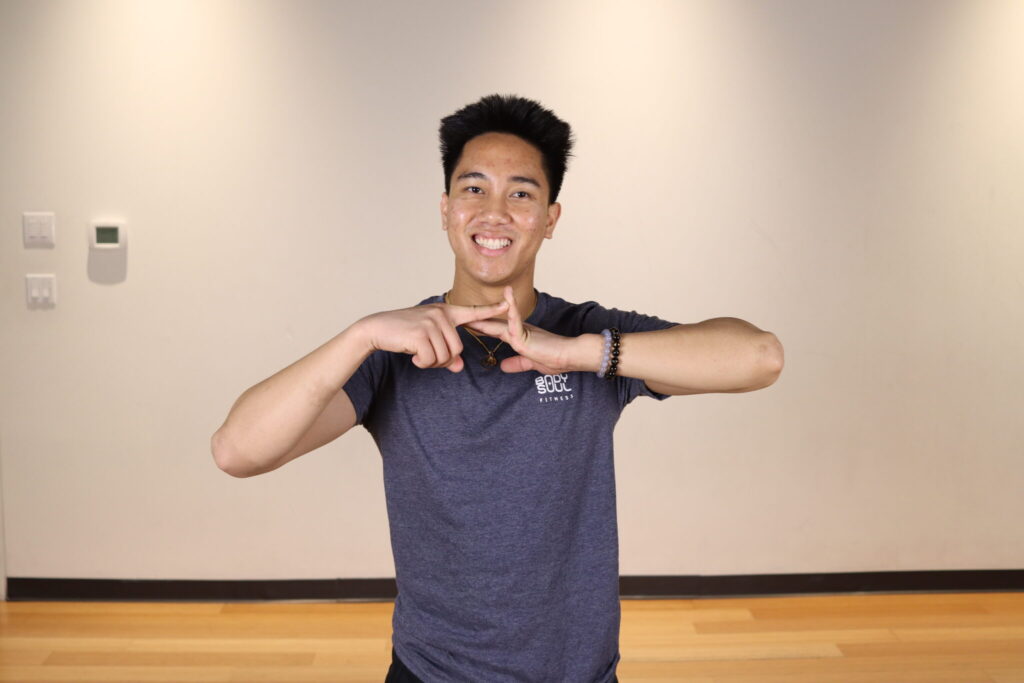
Bill's left pinky creates a 90-degree angle. He scores one on this test.
Thumb Test
To perform, ask your client to push their thumb toward the inner part of their wrist. Score one point if their thumb can touch their wrist. If they can do the same with the other hand, score another point.
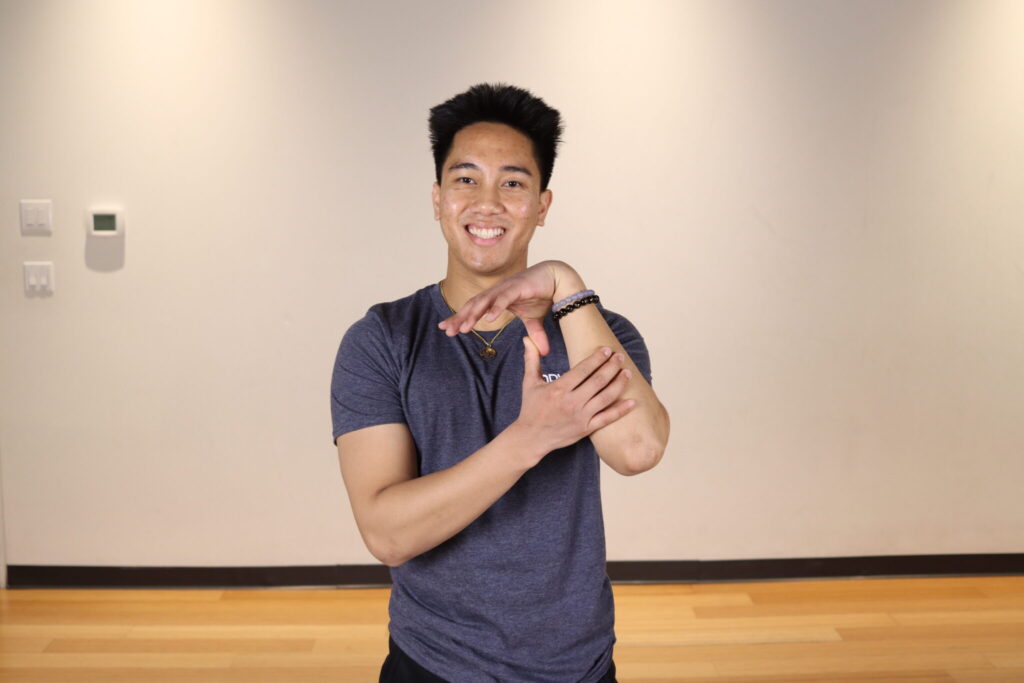
On both sides, Bill's thumb does not touch his wrist. He scores zero on this test.
Elbow Extension Test
To perform this test, ask your client to extend each arm out to their sides and straighten as much as possible. For each arm, score one point if their elbow joint hyperextends towards the ceiling by 10 degrees or more.
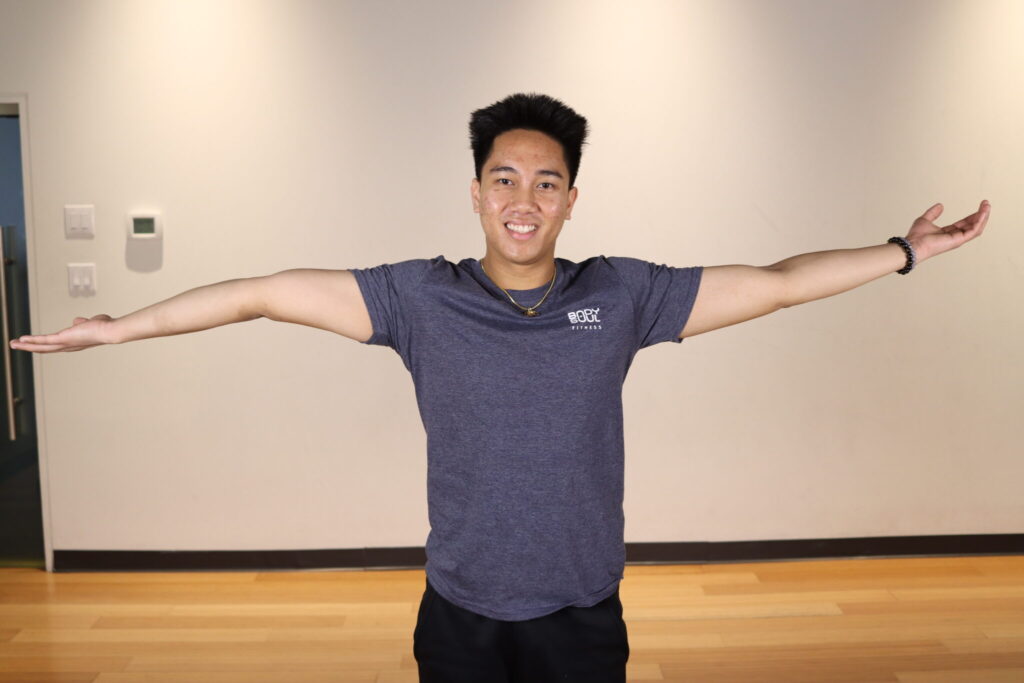
Bill's left elbow joint hyperextends but his right does not. He scores one on this test.
Knee Extension Test
Ask your client to straighten their legs as much as possible. For each leg, score one point if their knee hyperextends by 10 degrees or more.
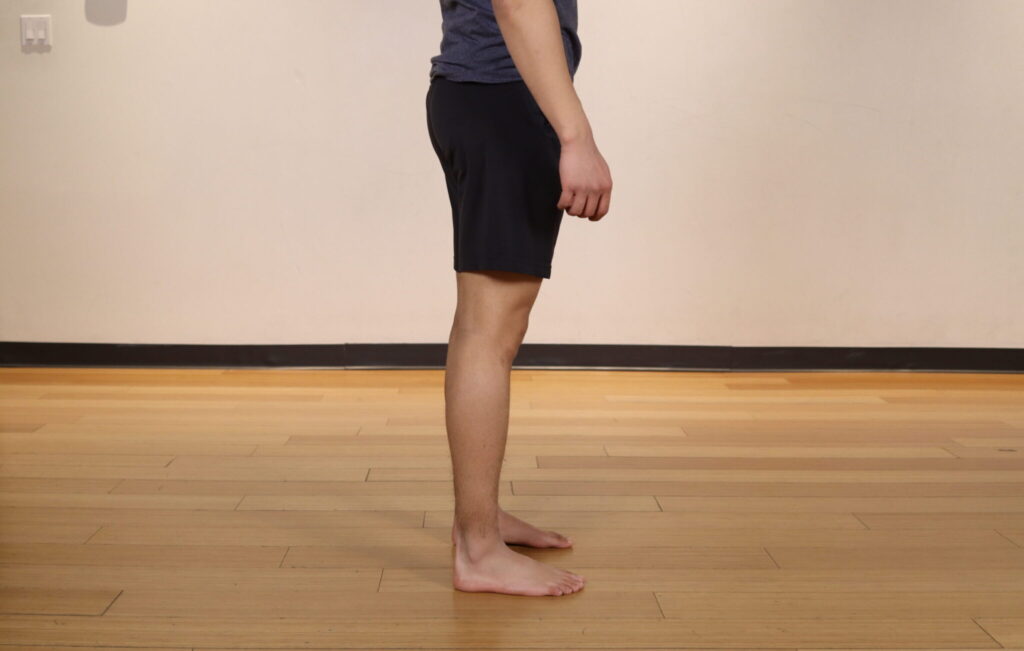
Both of Bill's knees don't hyperextend. He scores zero on this test.
Hands to Floor Test
Ask your client to place both of their palms on the floor while keeping their feet together and legs straight. If they can place their palms flat on the floor in this position, score one point.
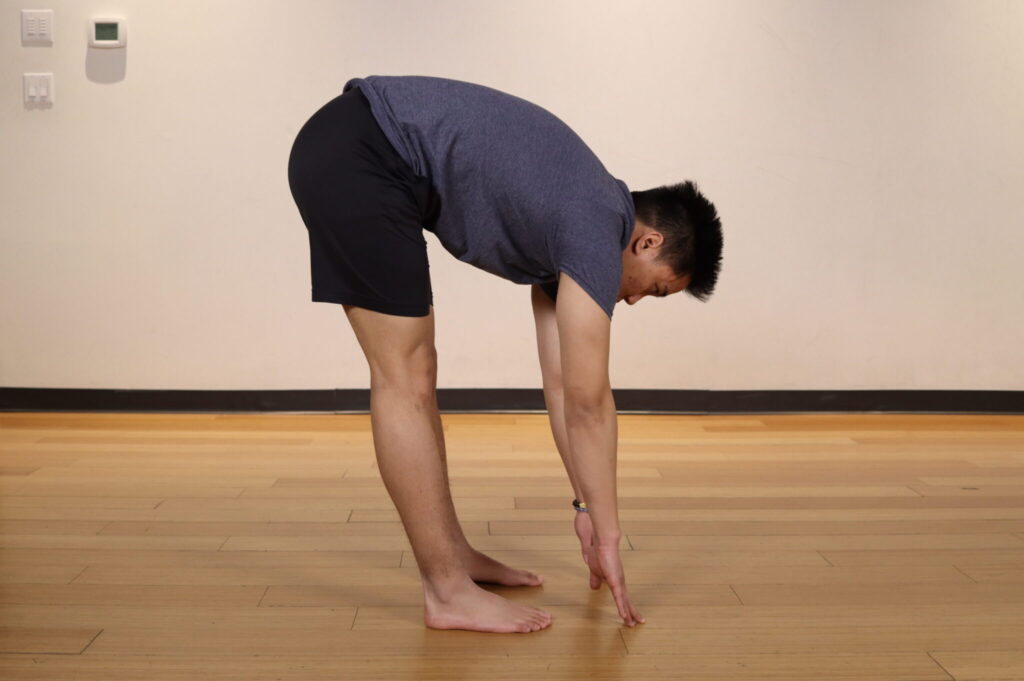
Bill cannot place his hands flat on the floor. He scores 0 on this test.
Scoring

The test is evaluated on a scale of zero to nine, where nine means the client is very hypermobile. If your client scores above a five on the scale, they are trending towards hypermobility. If your client scores below a four, they have limited mobility and are considered hypomobile. For each instance, you’ll need quite different training approaches.
Training Hypermobile Clients
When training hypermobile clients, you must focus on increasing the stability of the muscles that surround their joints as well as increasing stability of their core and postural muscles. In addition, it’s important to:
- Work through controlled ranges of motion with a focus on defining safe end ranges.
- Reduce range of motion with partial training.
- Pay specific attention to proper muscle recruitment.
- Teach slow and controlled tempos, both concentric and eccentric.
- Focus on form and technique, as the client will have a lower capacity for volume.
- Use constant loading across sets with higher rest periods.
Improving Mobility for Hypermobile Clients
Those who are hypermobile are often susceptible to injury. Frequent or recurring injuries can affect the nervous system and result in reduced range of motion. In these cases, you may need to help your hypermobile client carefully improve their mobility in some areas. To do this:
- Train for stability in both the core and peripheral joints.
- Avoid static stretching unless done with emphasis on correct muscle recruitment.
- Focus on soft tissue work to increase blood flow and bring awareness to muscles.
It’s important to understand why muscles are tight. In a hypermobile client, their muscles may be tight in long, stretched positions. In these cases, static stretch can elongate it further and cause less stability and prevent strengthening. Clients experiencing this can benefit from soft tissue release to restore their muscle’s ability to lengthen and shorten.
Training Hypomobile Clients
Clients that scored below a four on the index may have restricted range of motion. These clients often gravitate towards sports, strength, speed, and power activities. The way you train them should reflect that.
- Use moderate to high volume, depending on client’s conditioning level.
- Include a combination of high and low rest periods, the client can handle both.
- Use breathing techniques for stretching and strength work.
- For advanced clients, progress towards elastic training to use tension in tissue.
Training Hypomobile Clients
In addition to activities that will help them achieve their goals, you can design a hypomobile client’s program to improve their mobility. To do this, include:
- Combination of dynamic and static stretching
- Foam rolling or soft tissue release
- Controlled Articulated Rotations (CARs) of the joints
- Achieving hydration goals
Conclusion
The 9-Point Flexibility Index is the global standard for understanding a person’s inherent joint flexibility. Including this test in your assessment, and employing the strategies discussed here, can help you design a program that delivers results and ensures your client can move effectively and safely.

